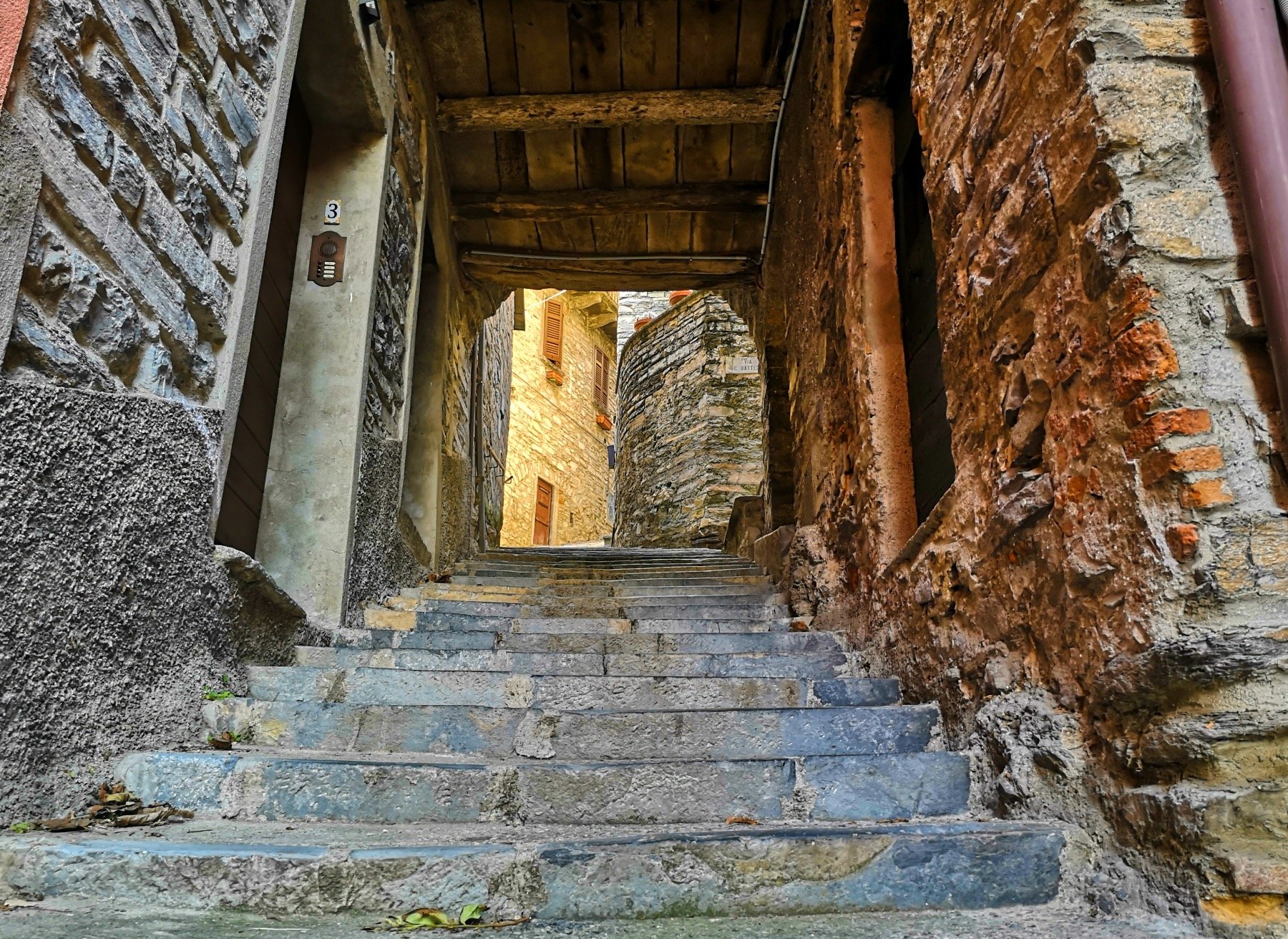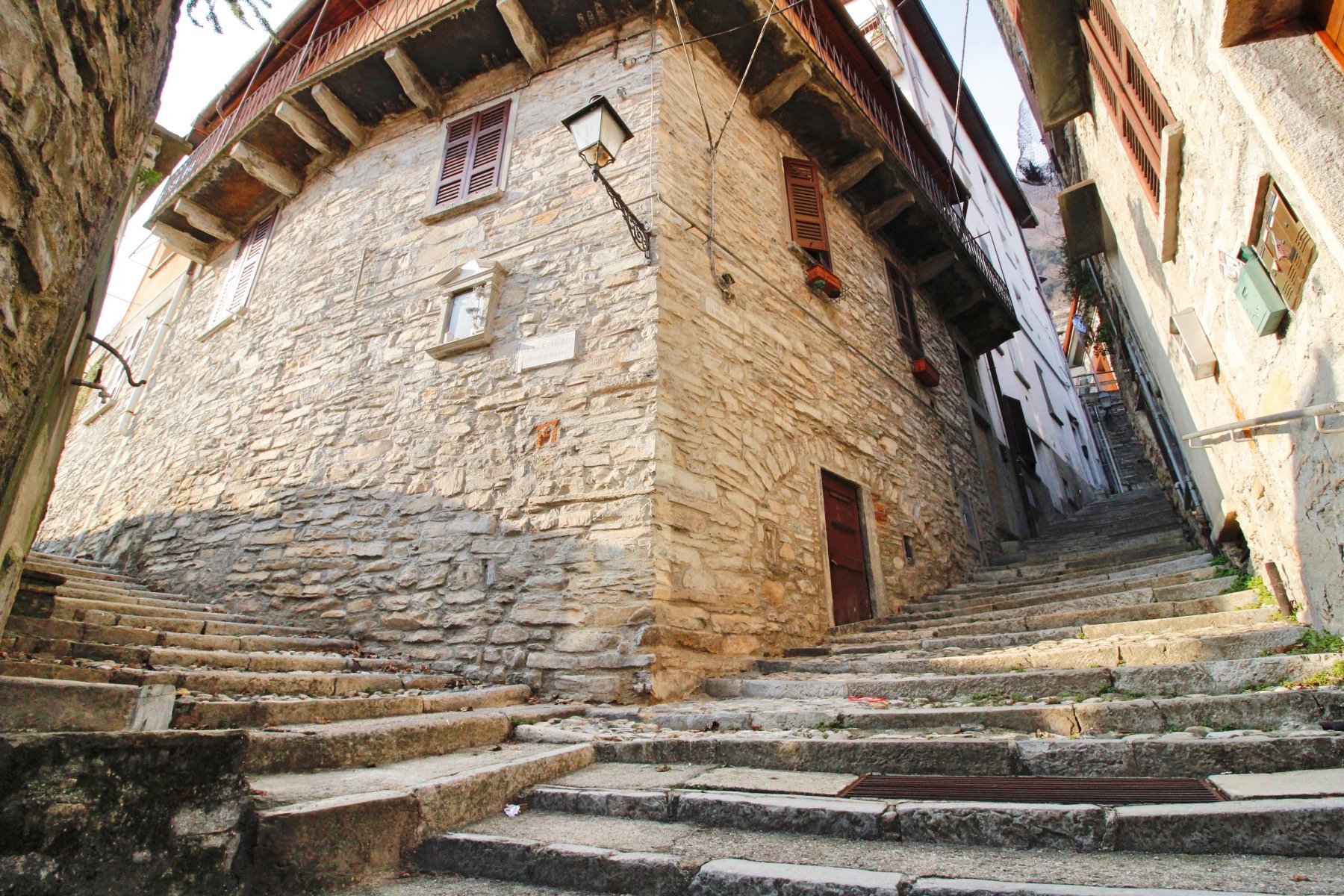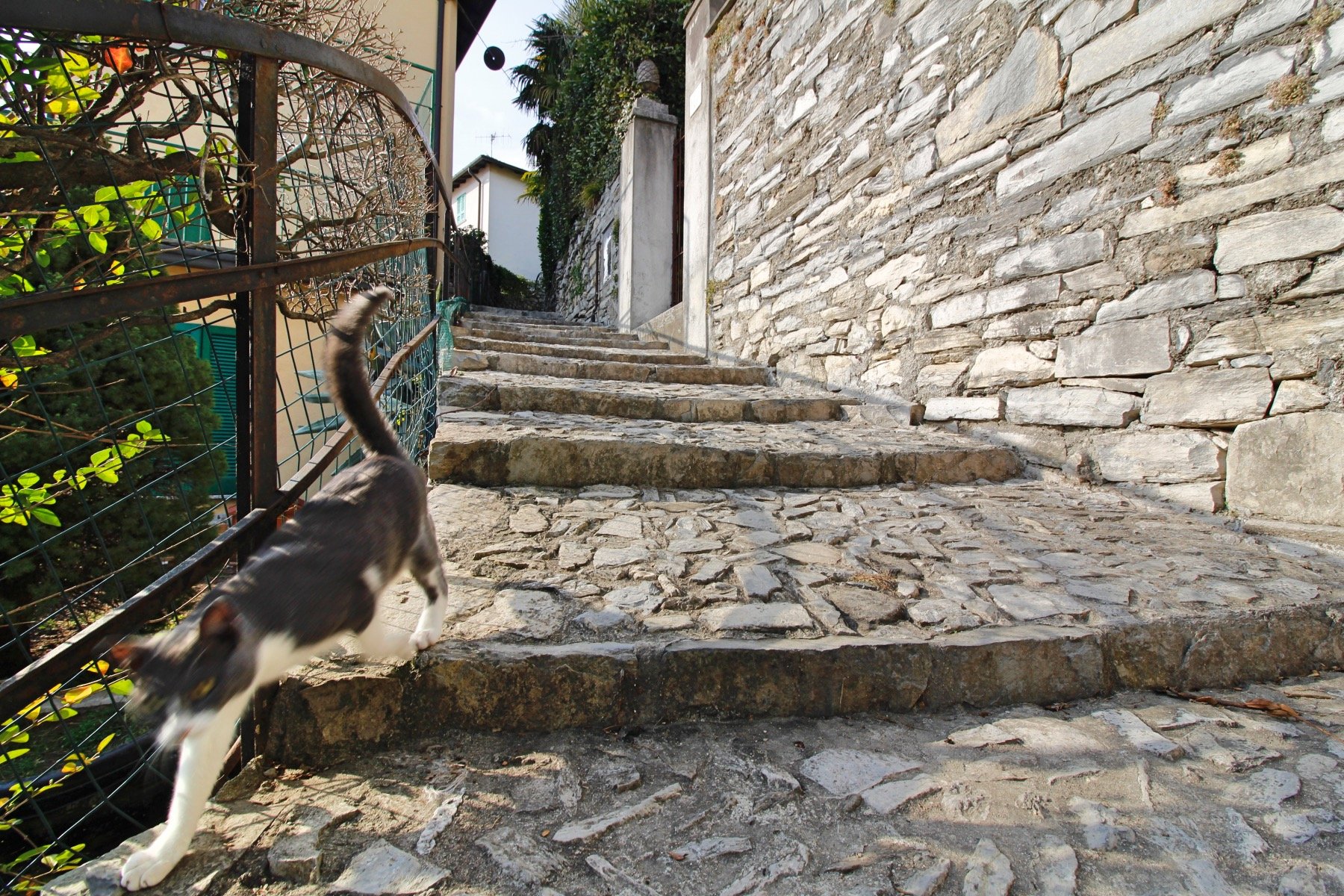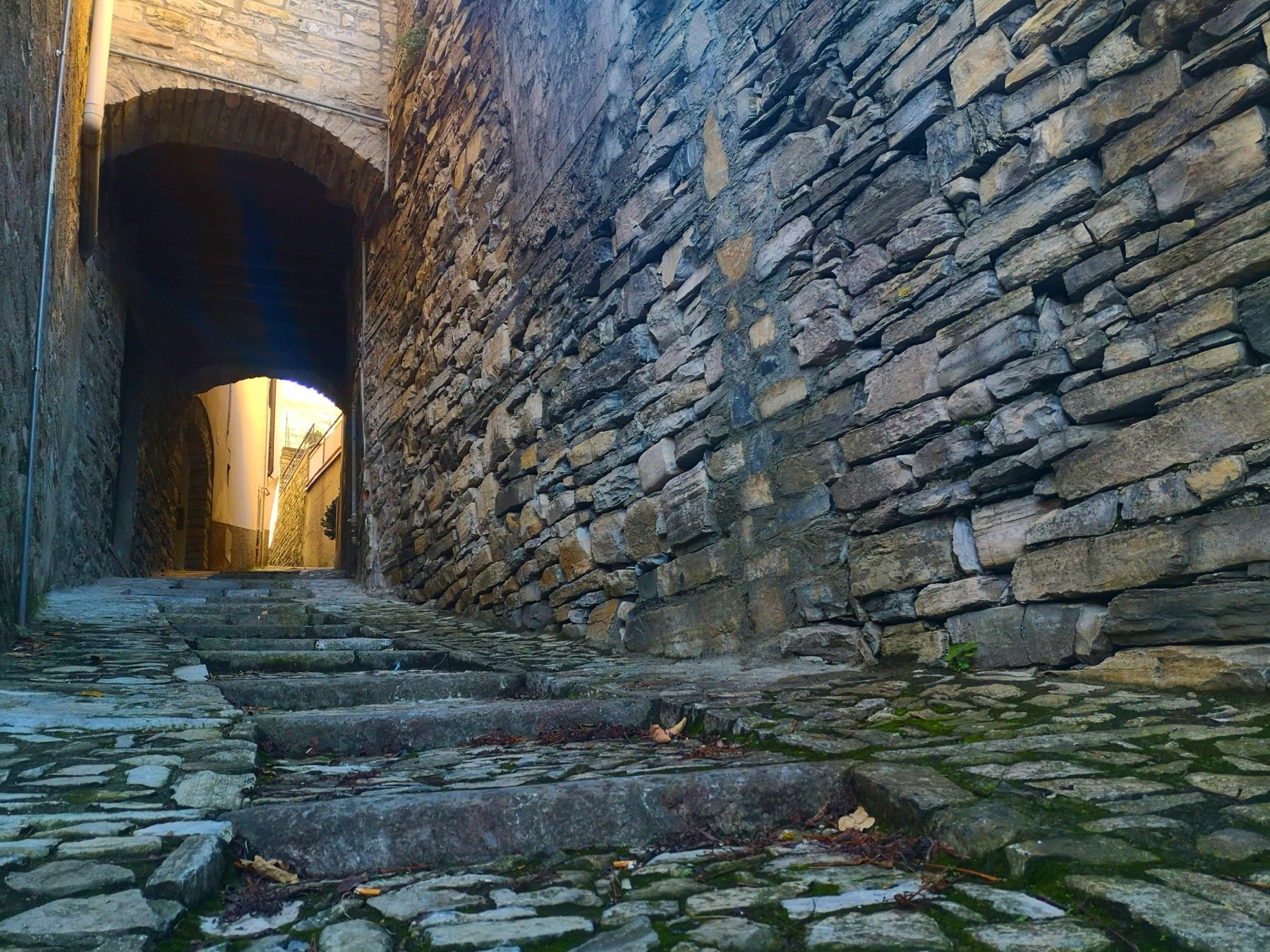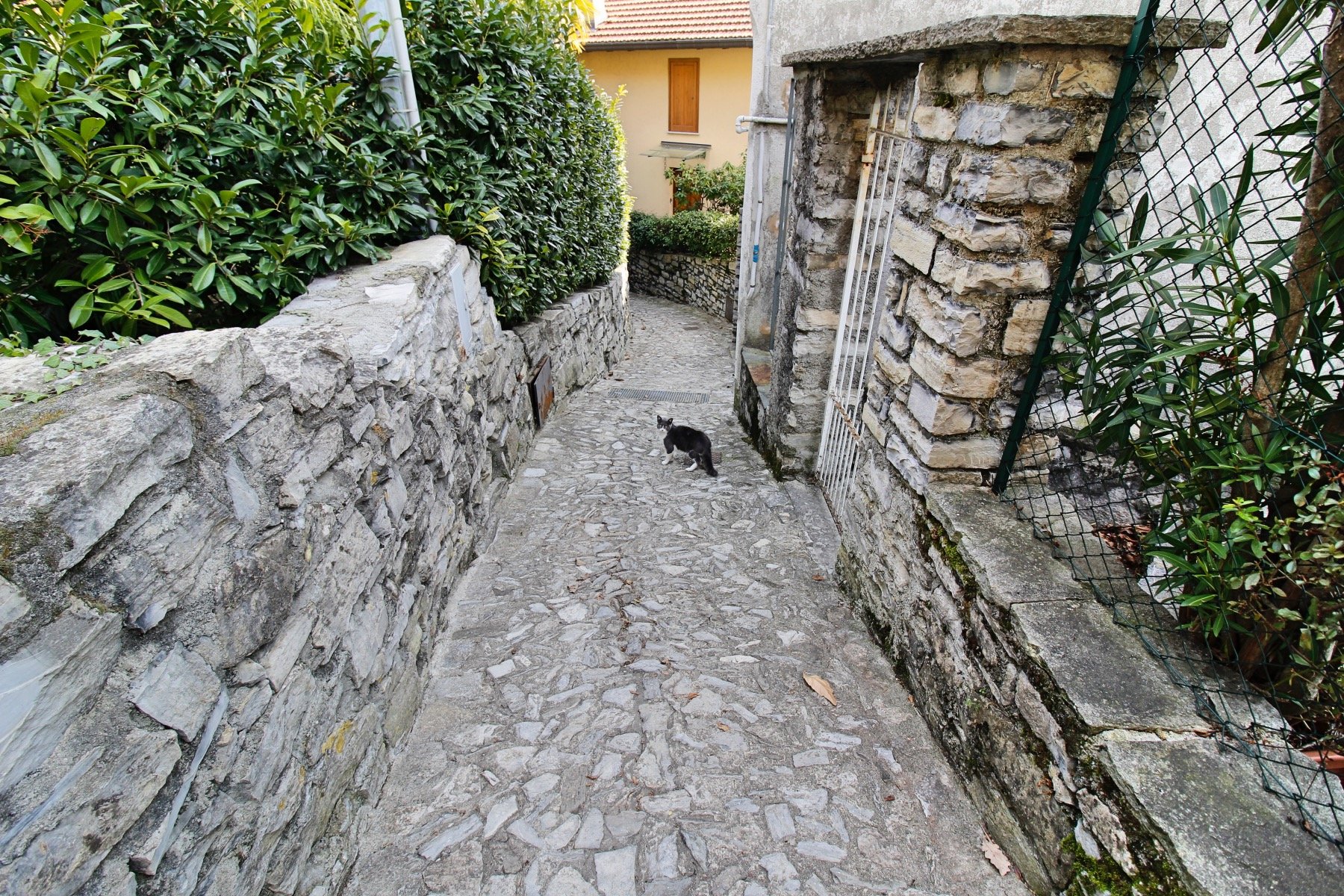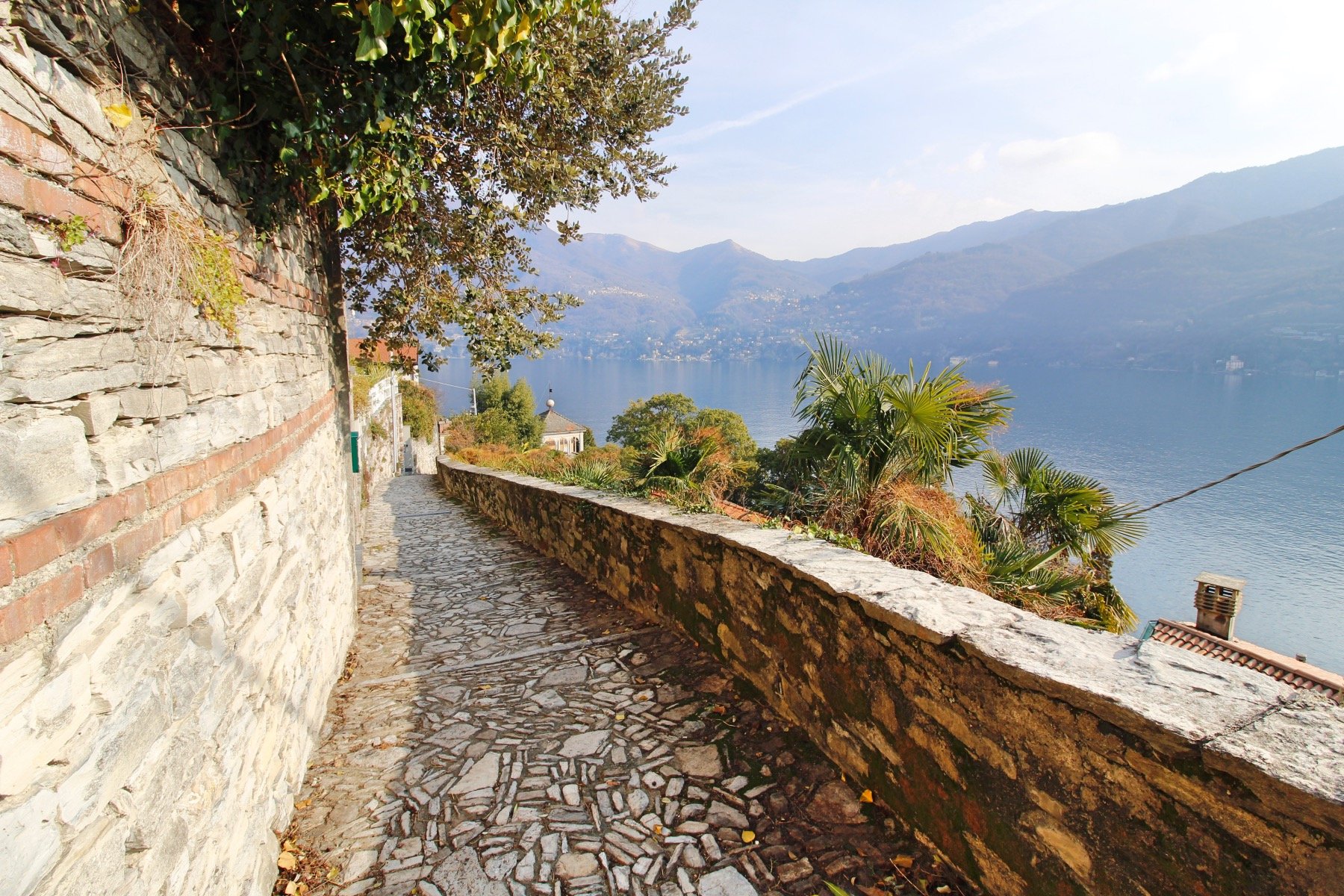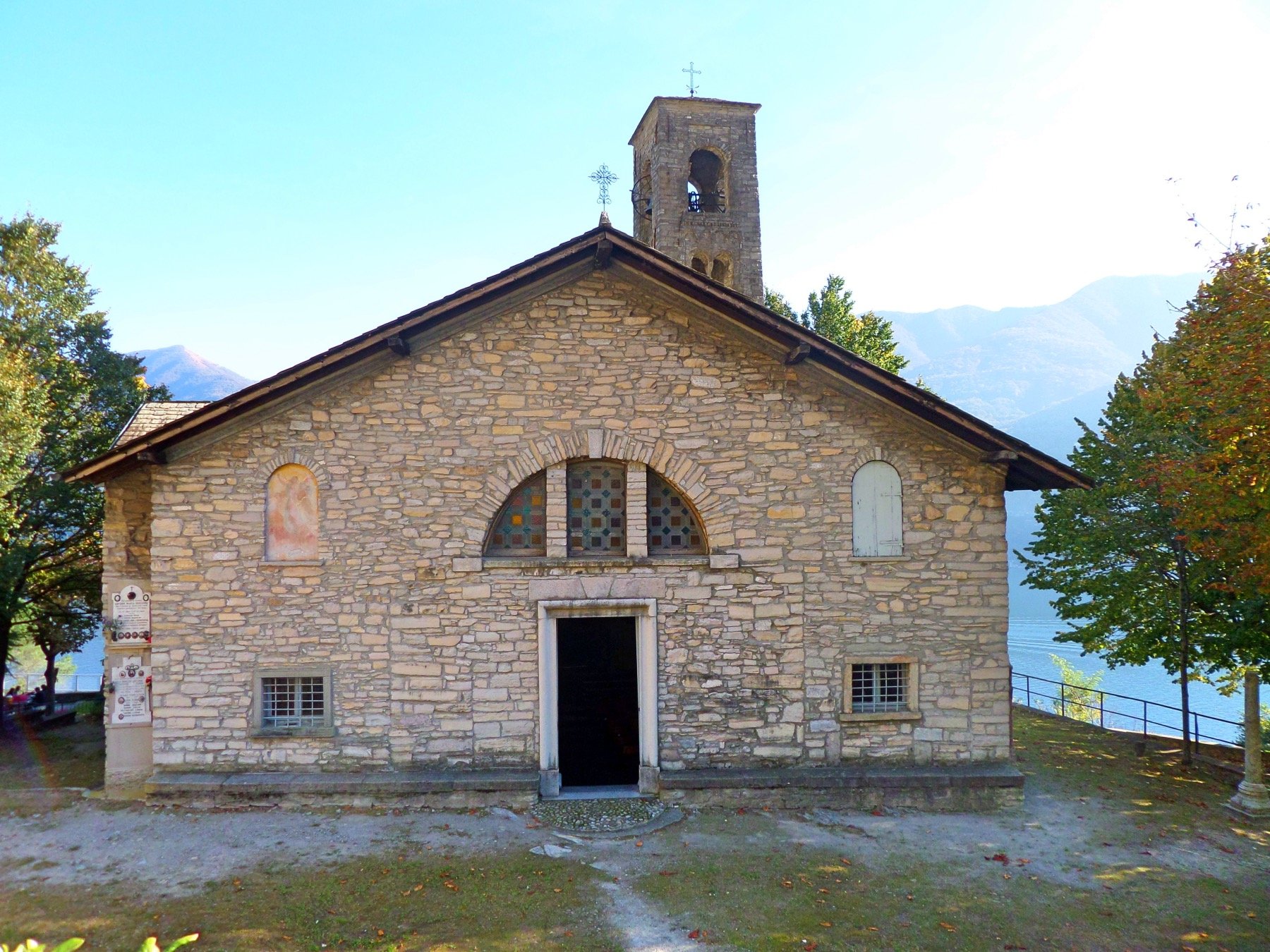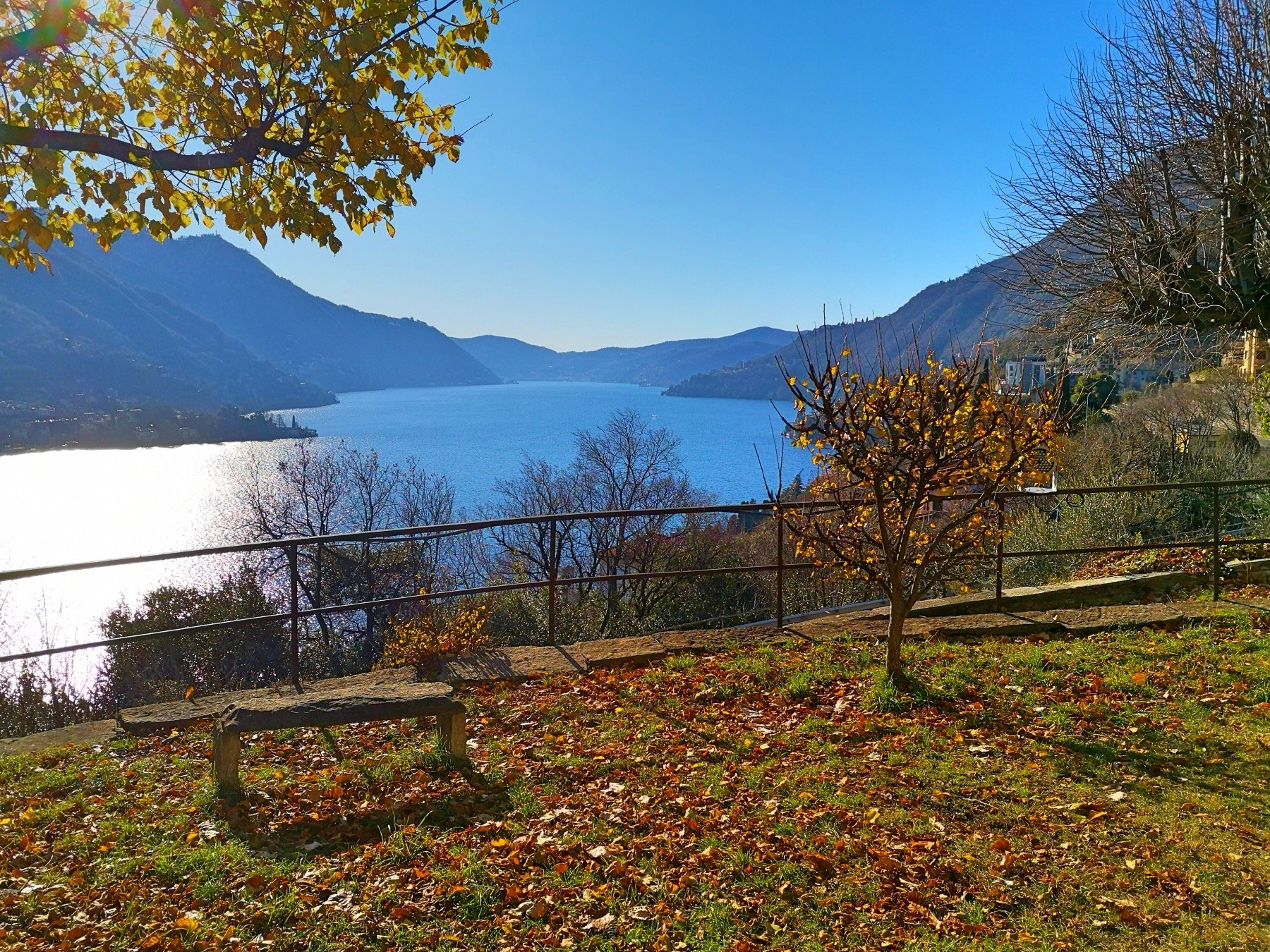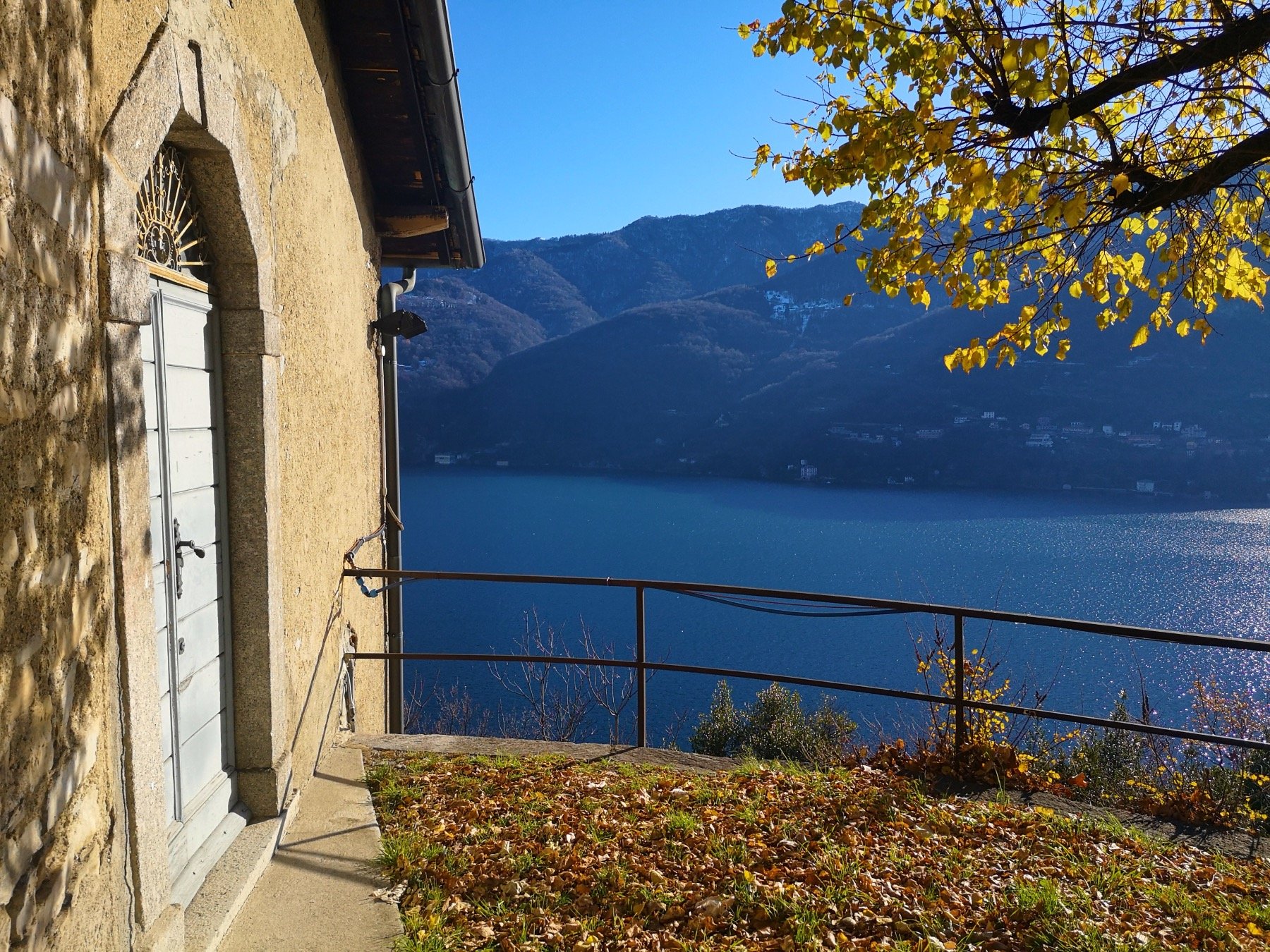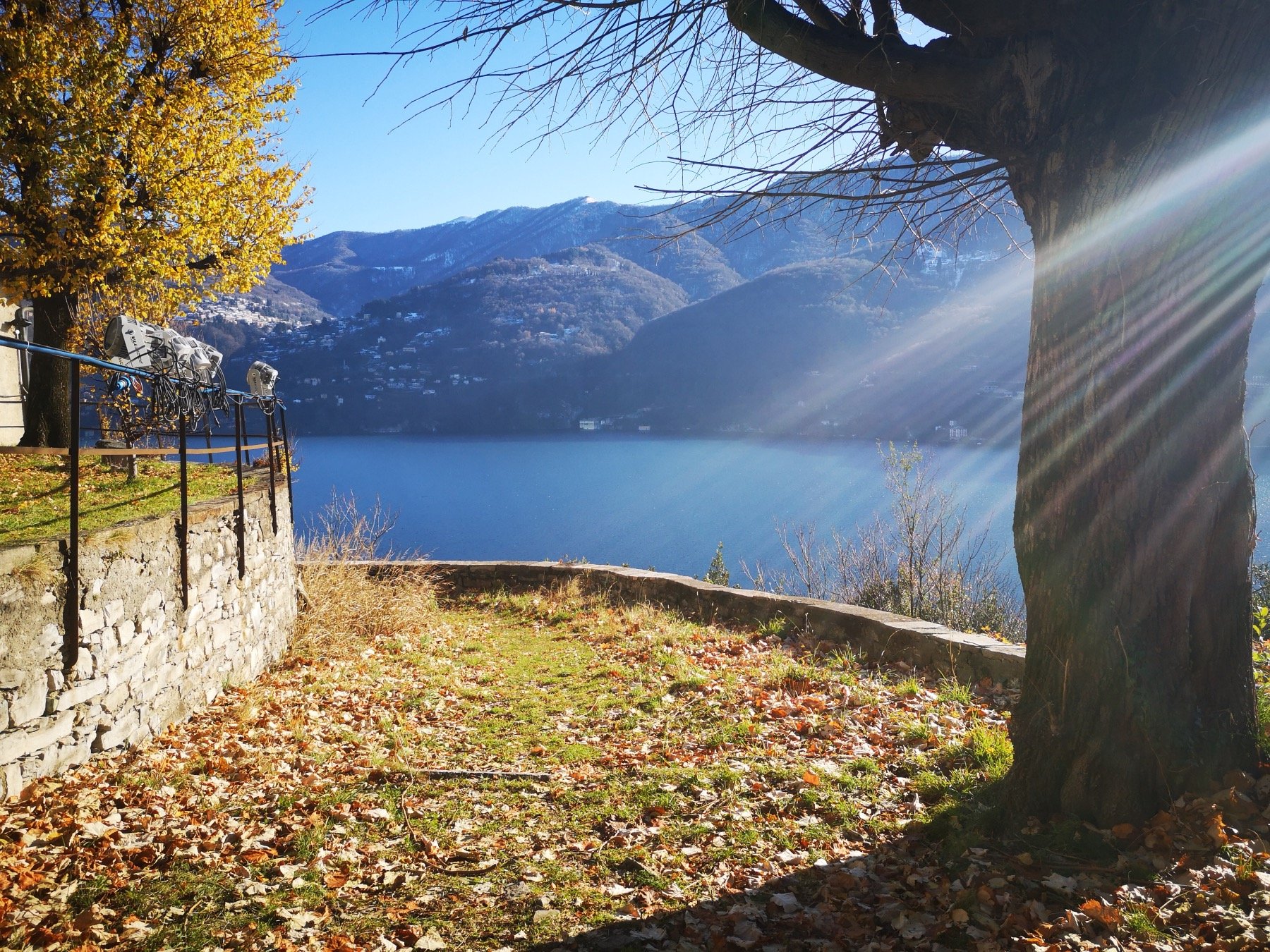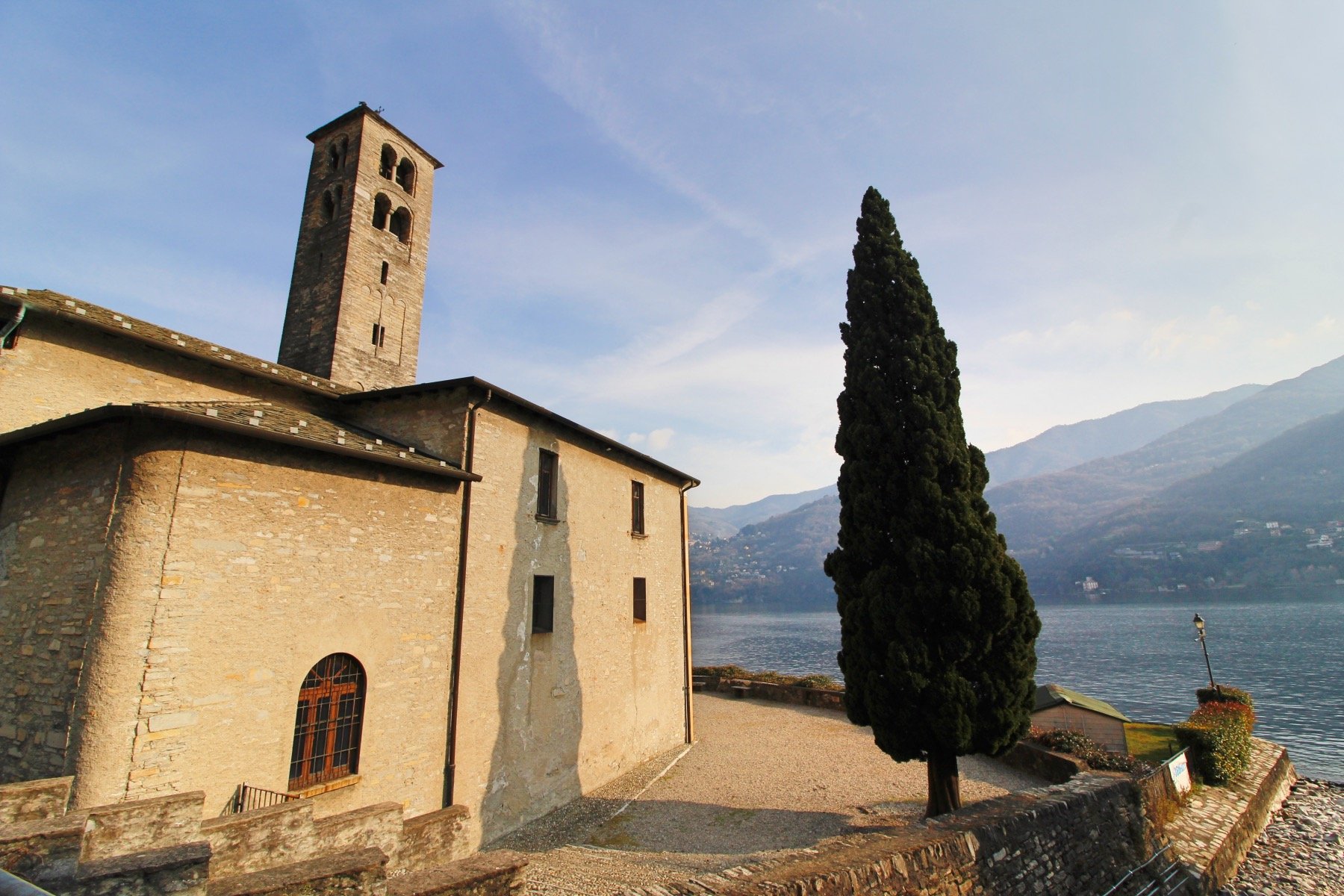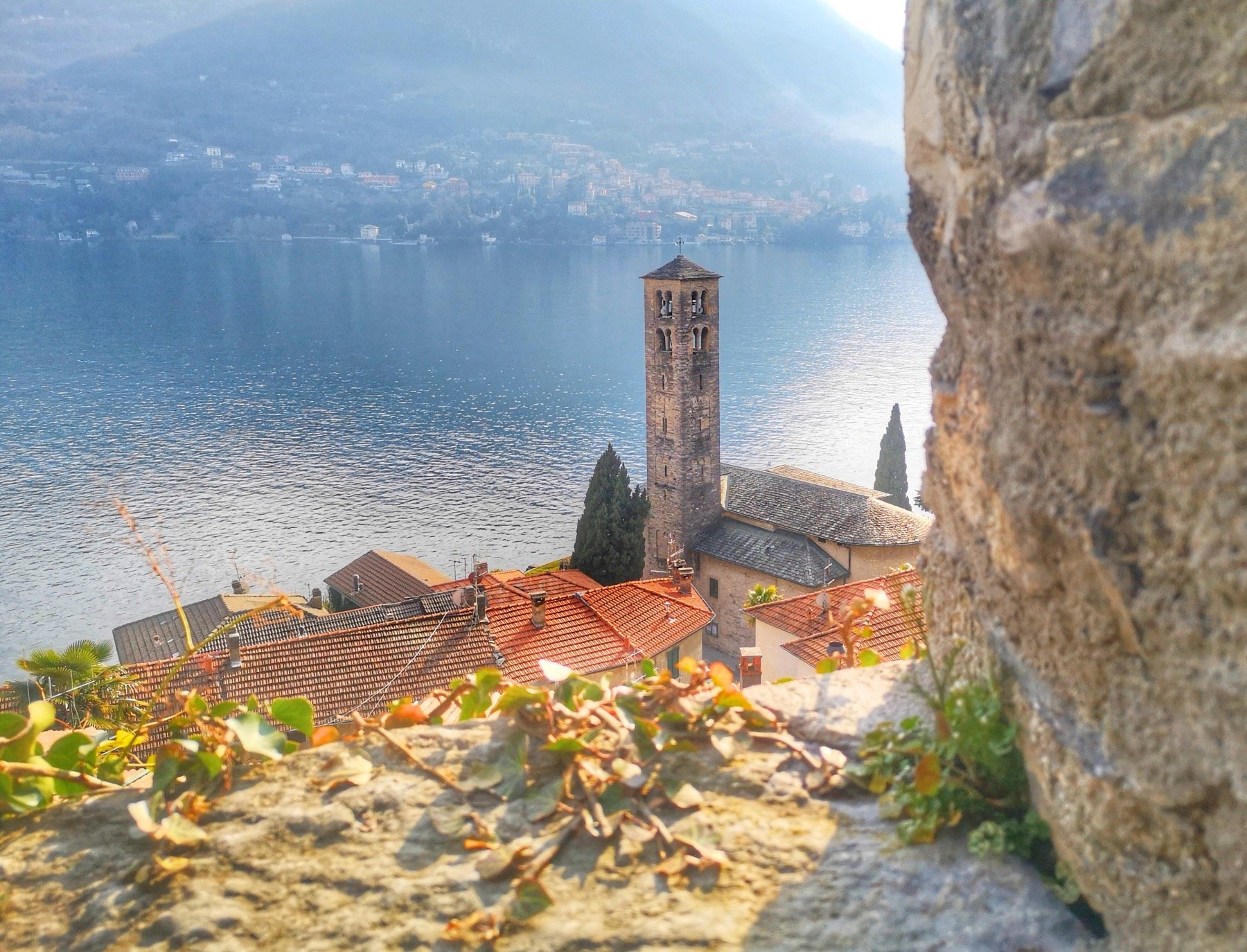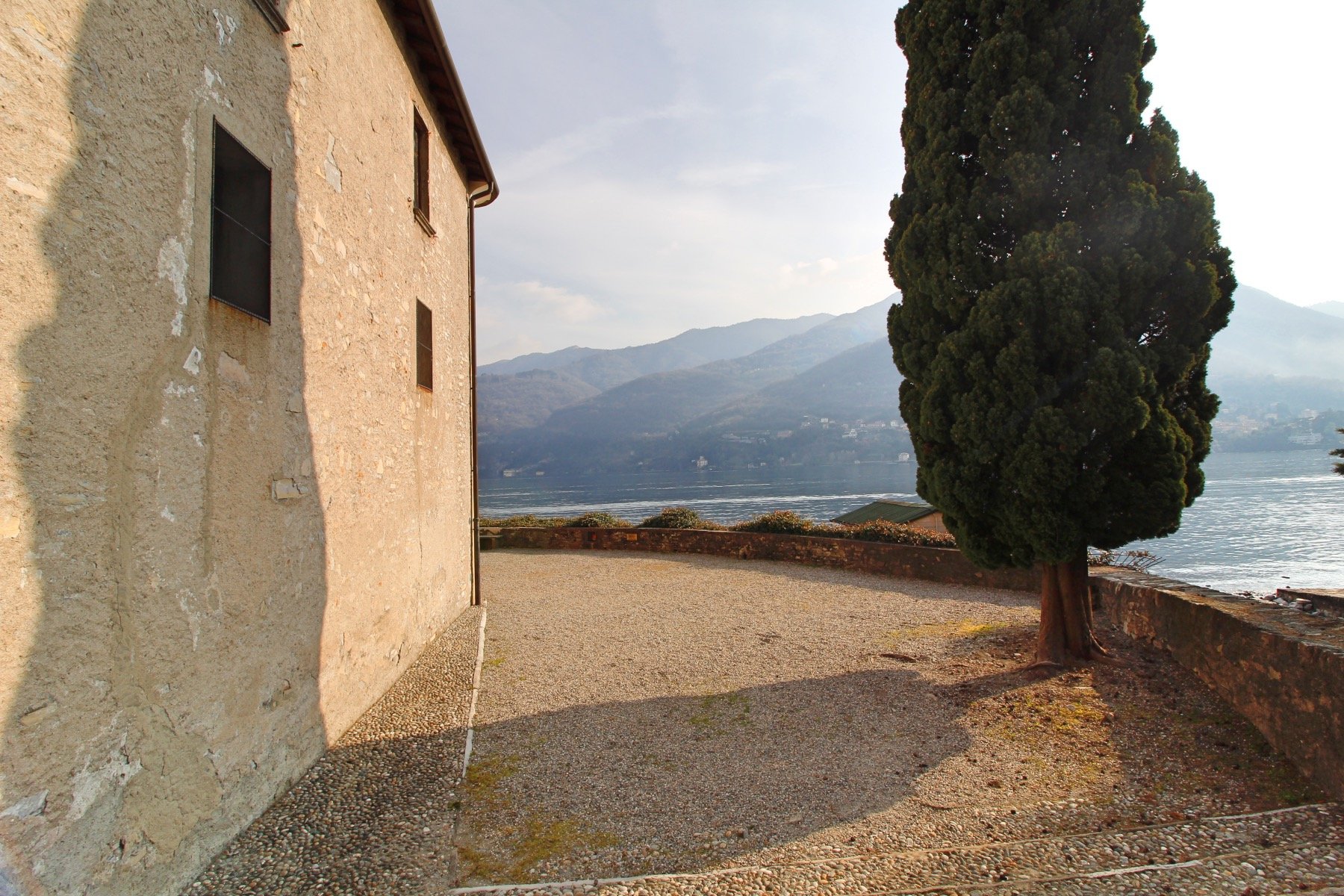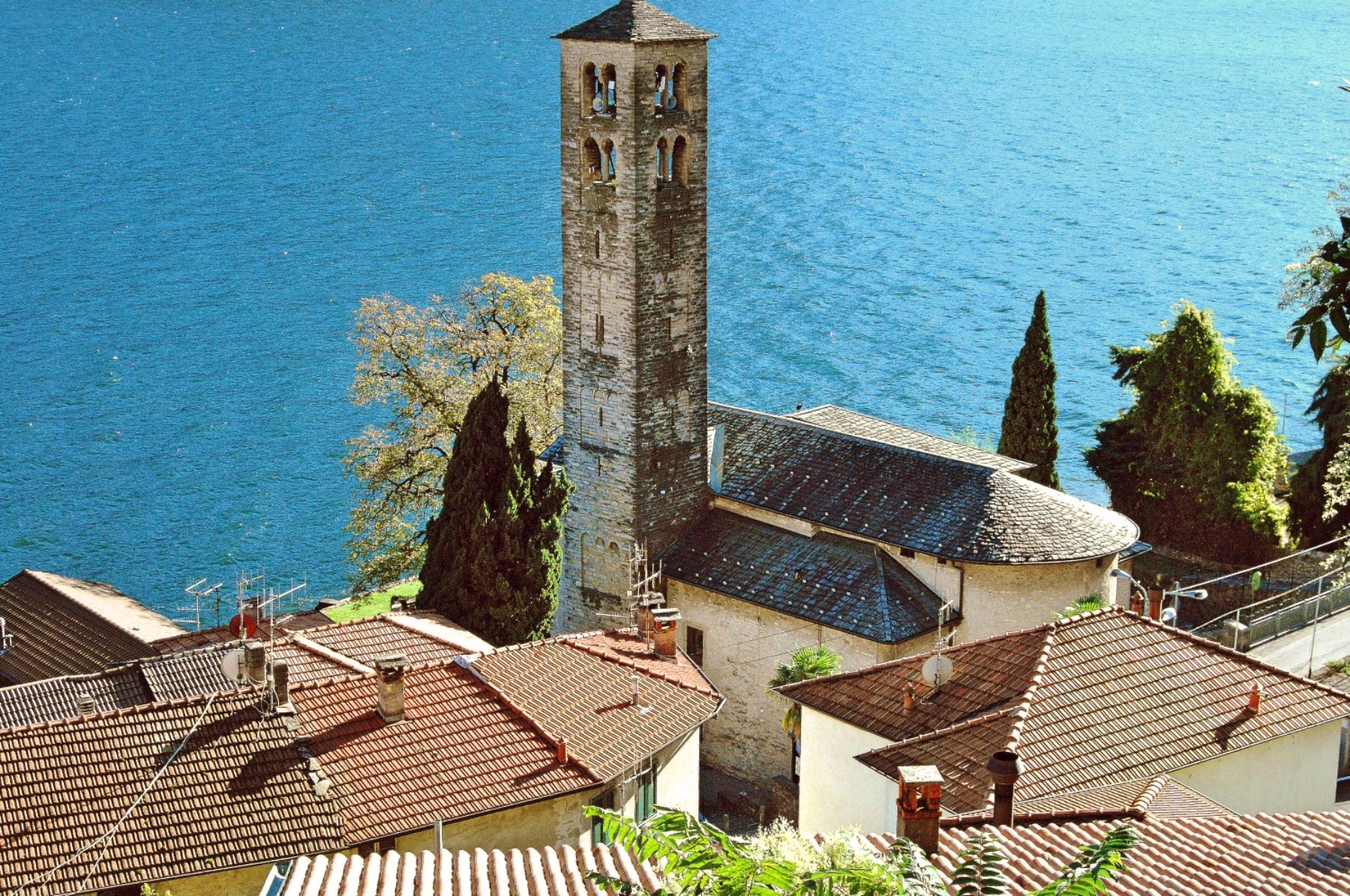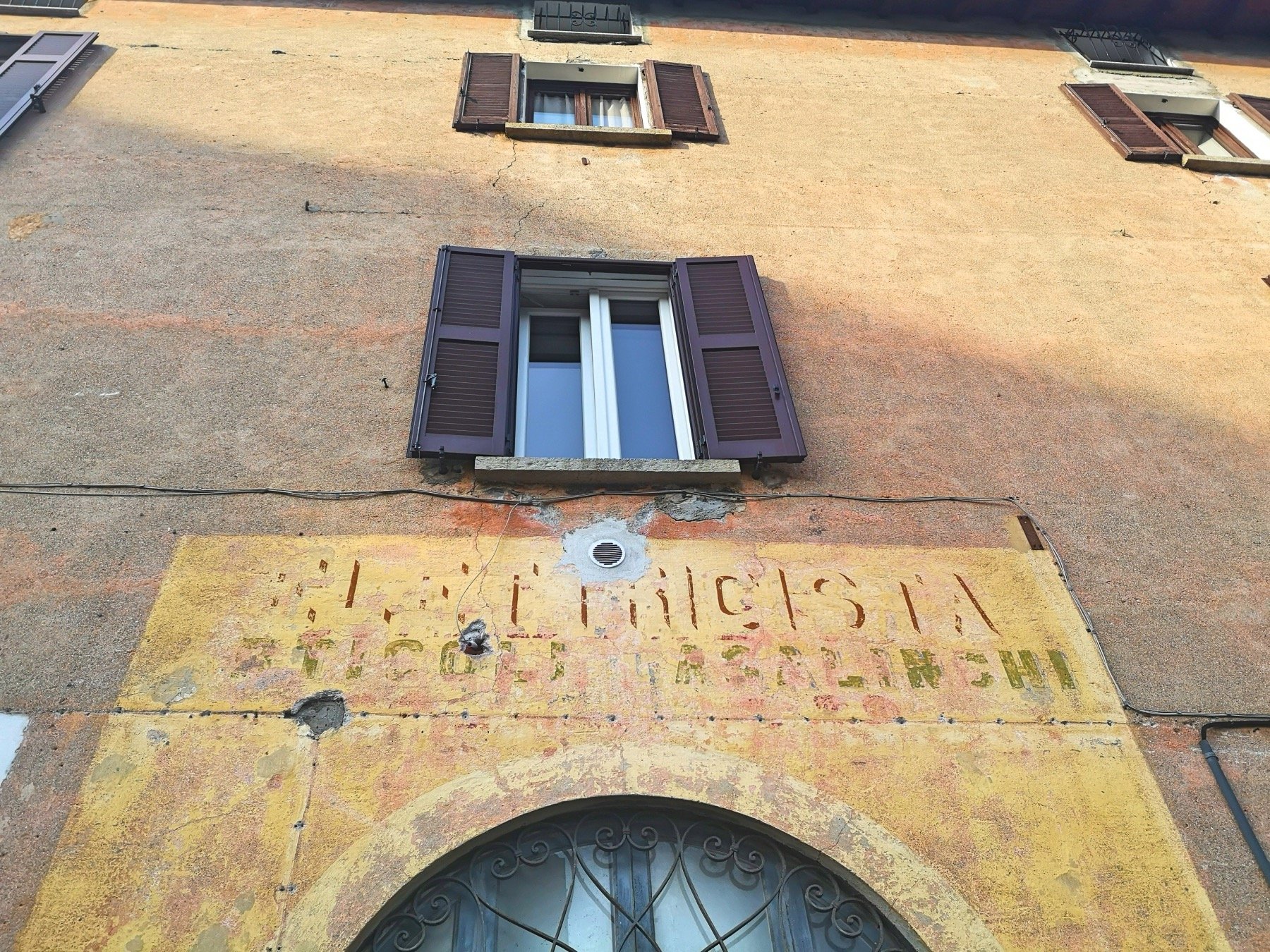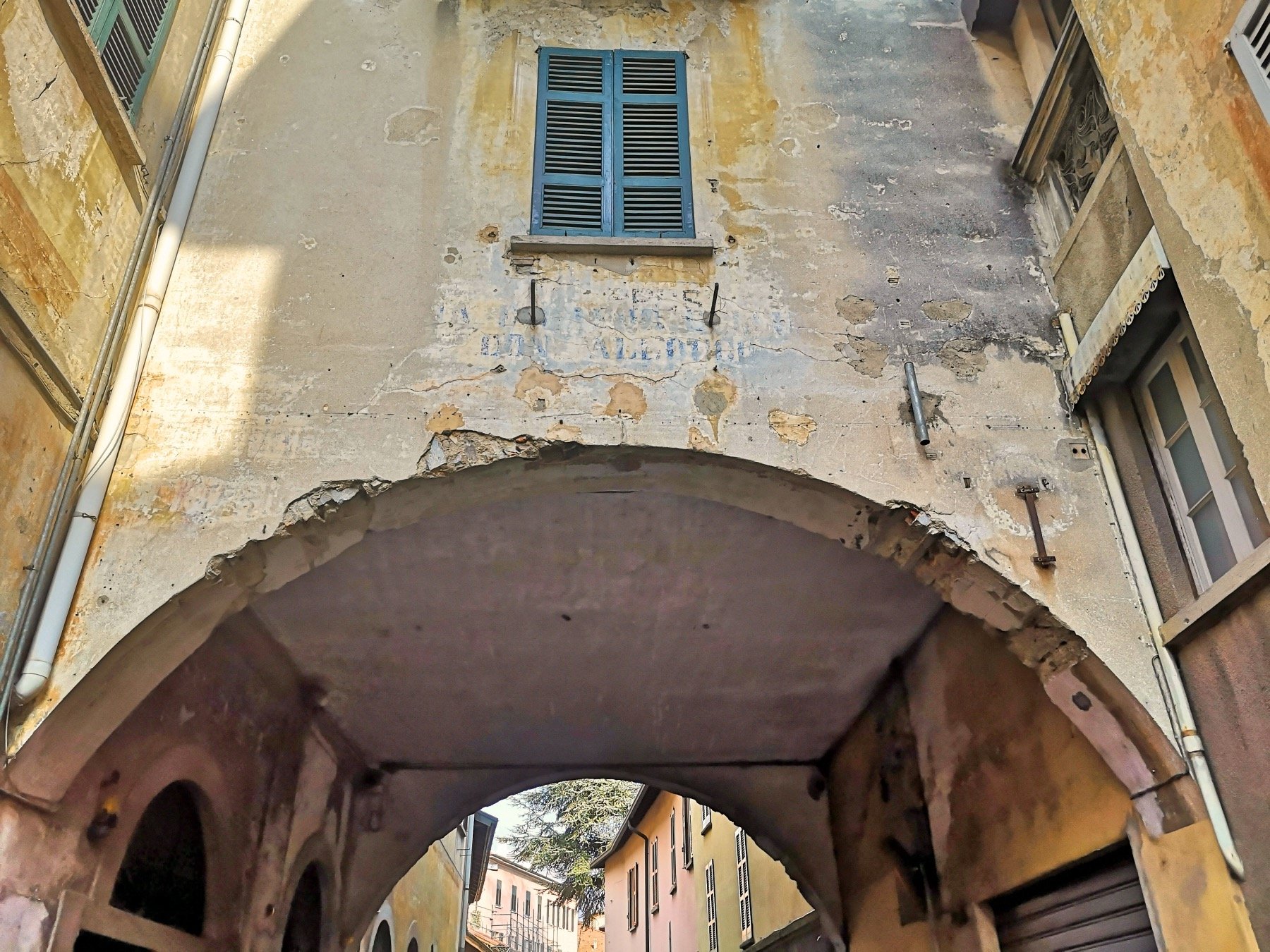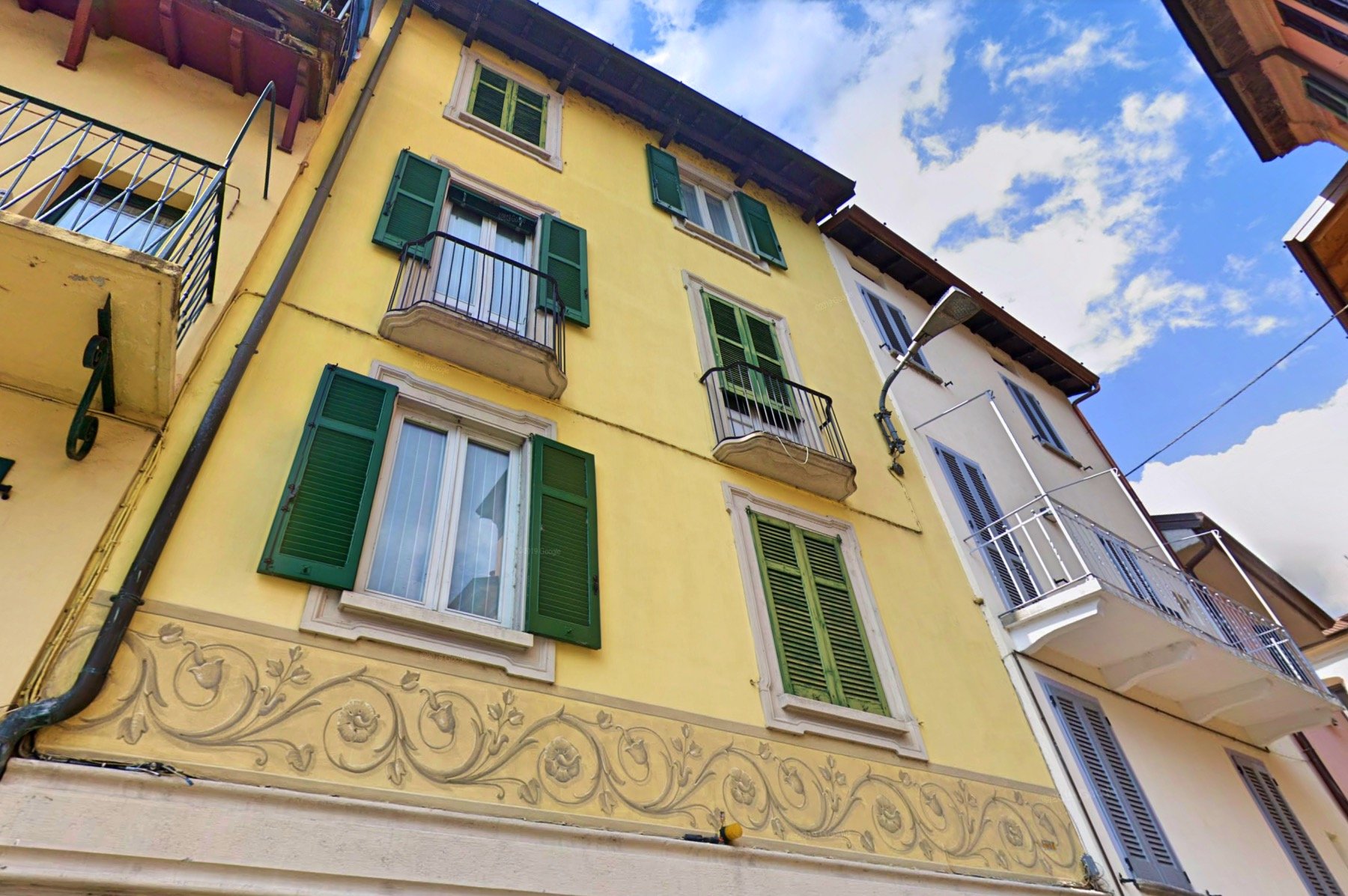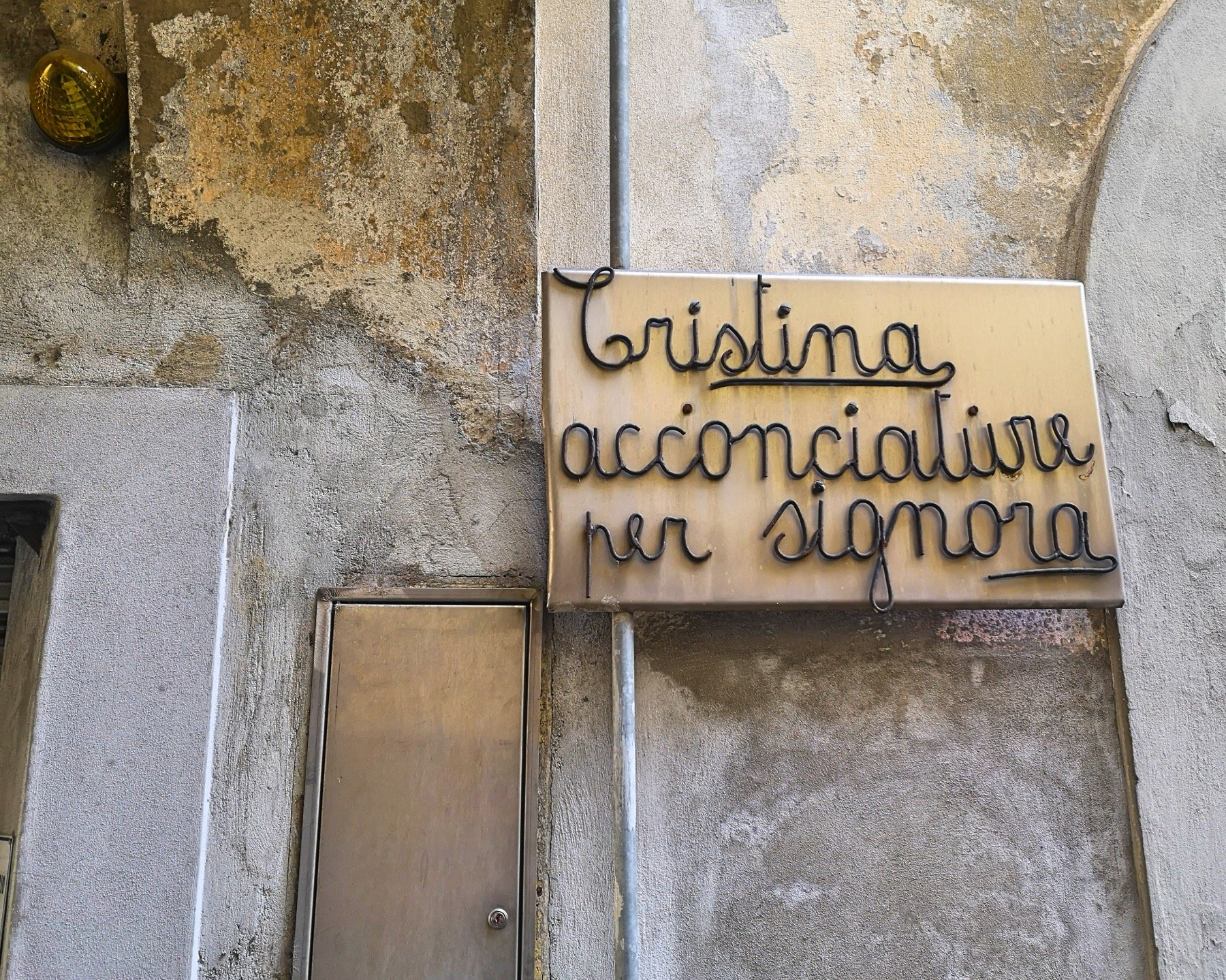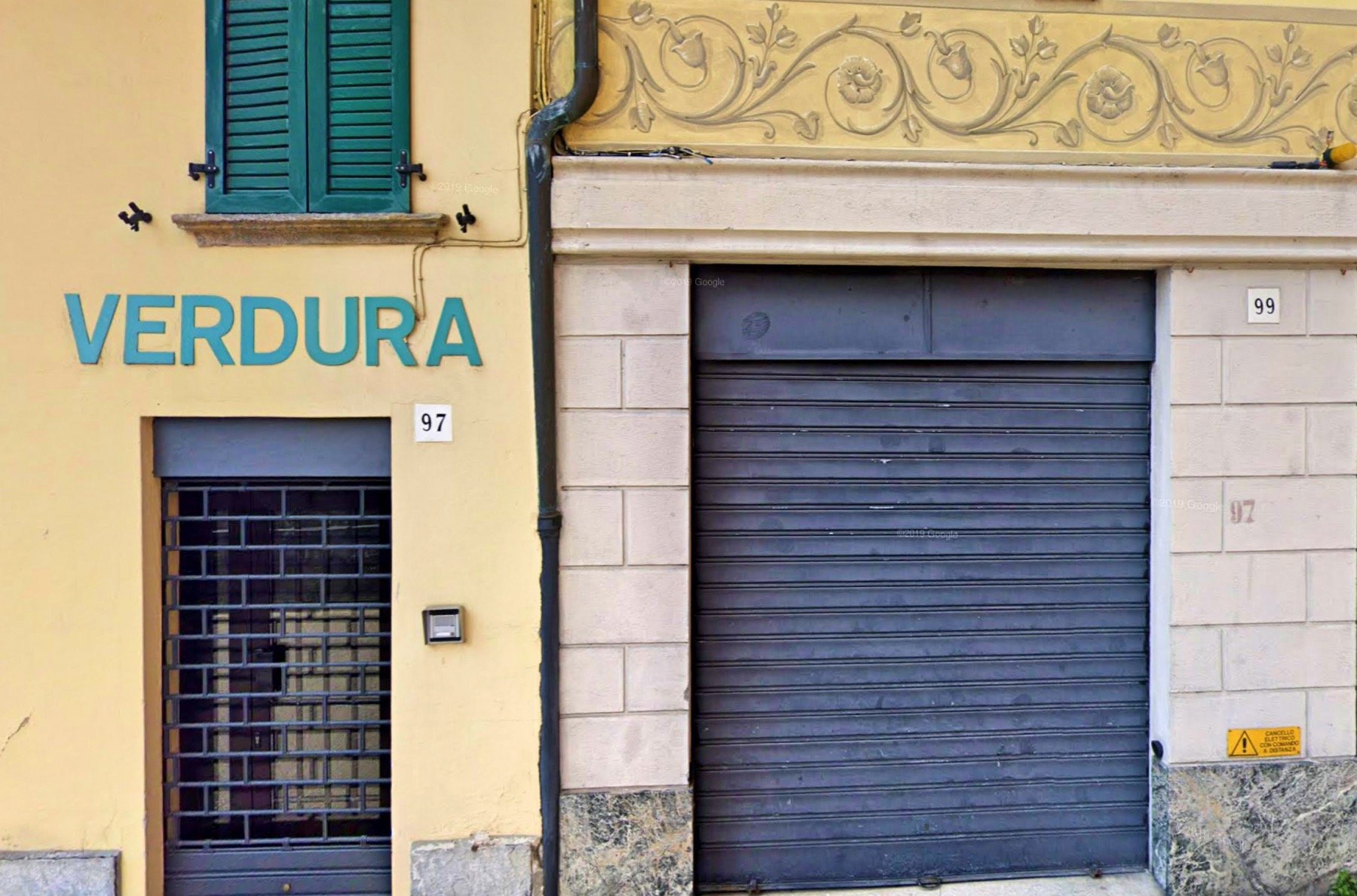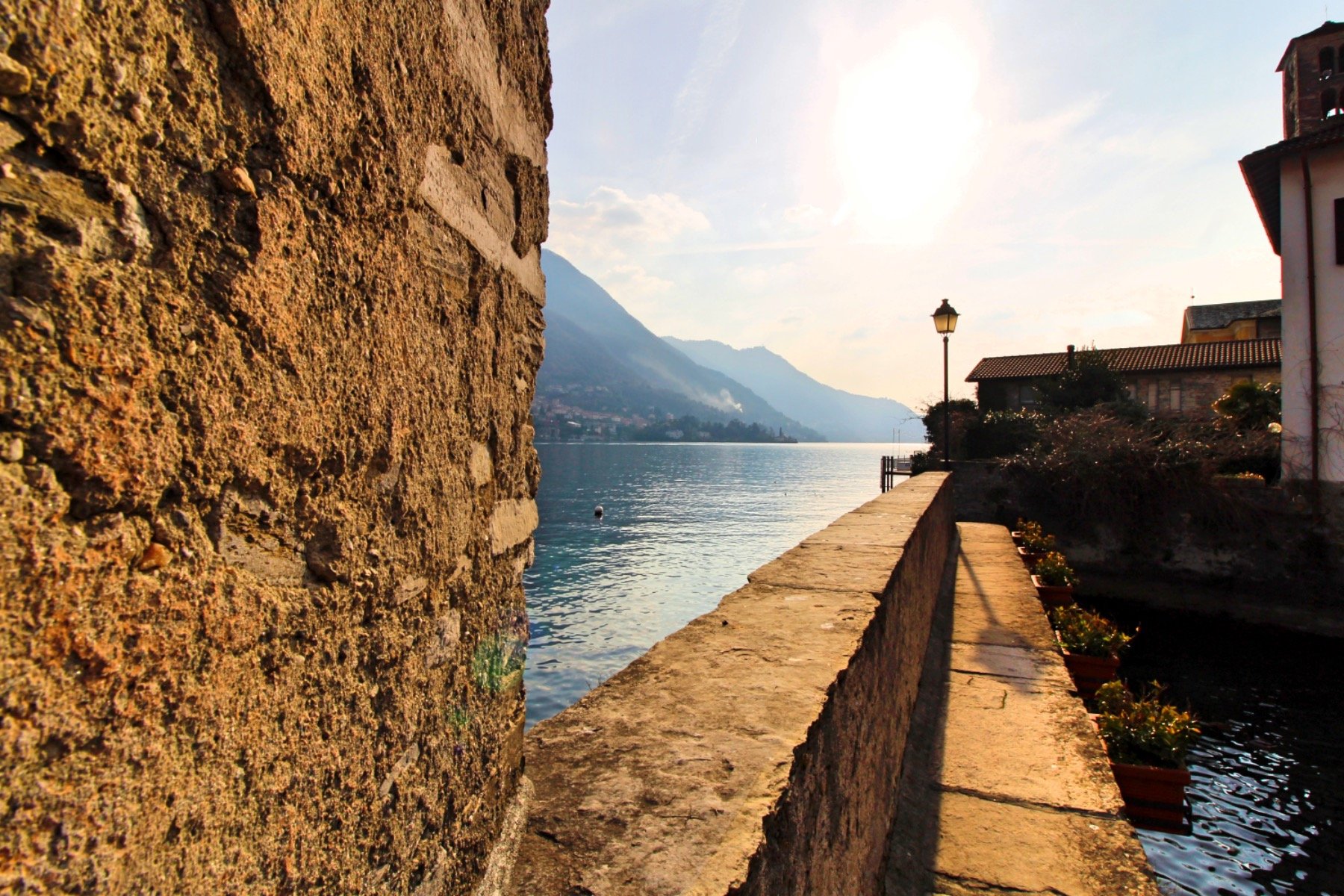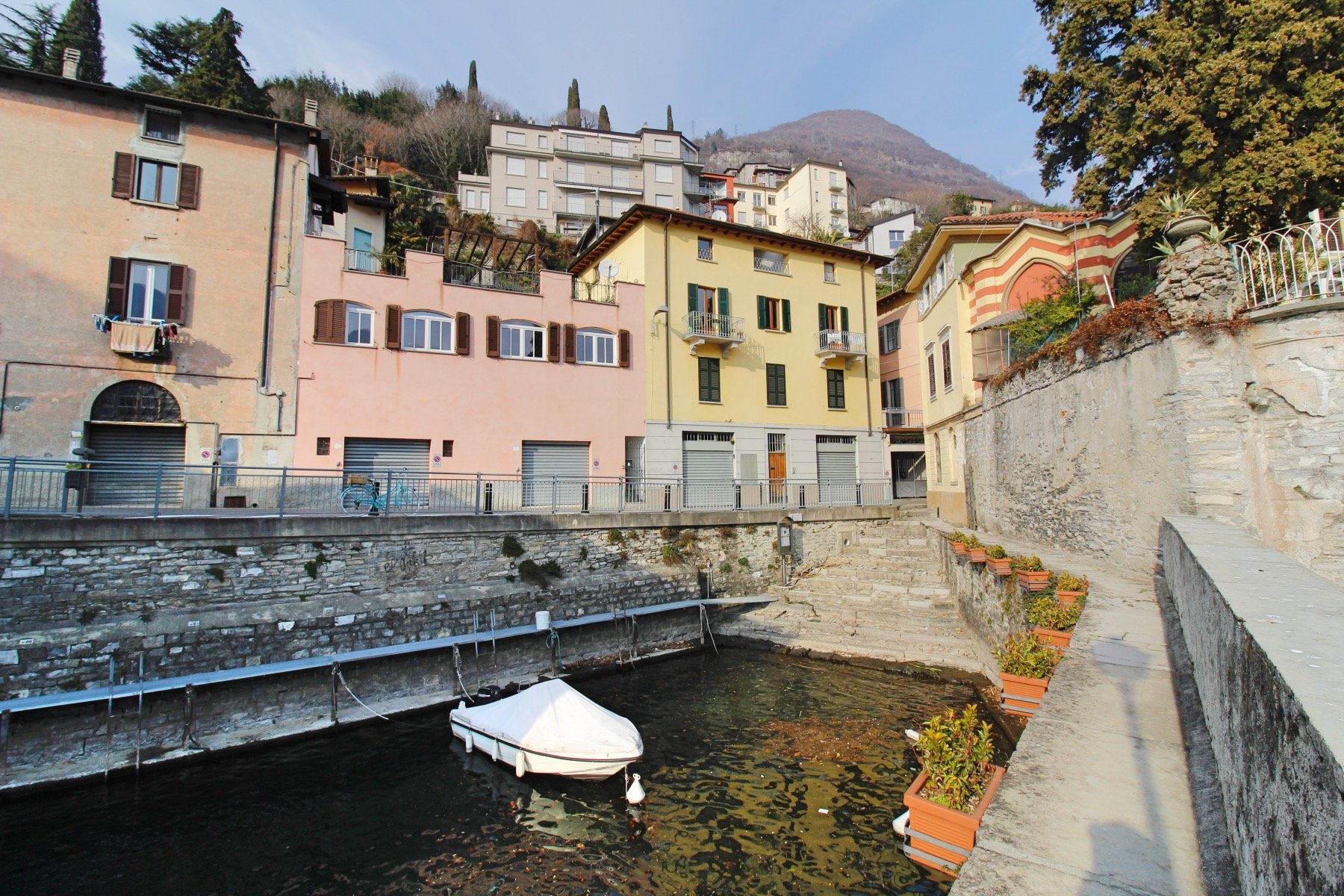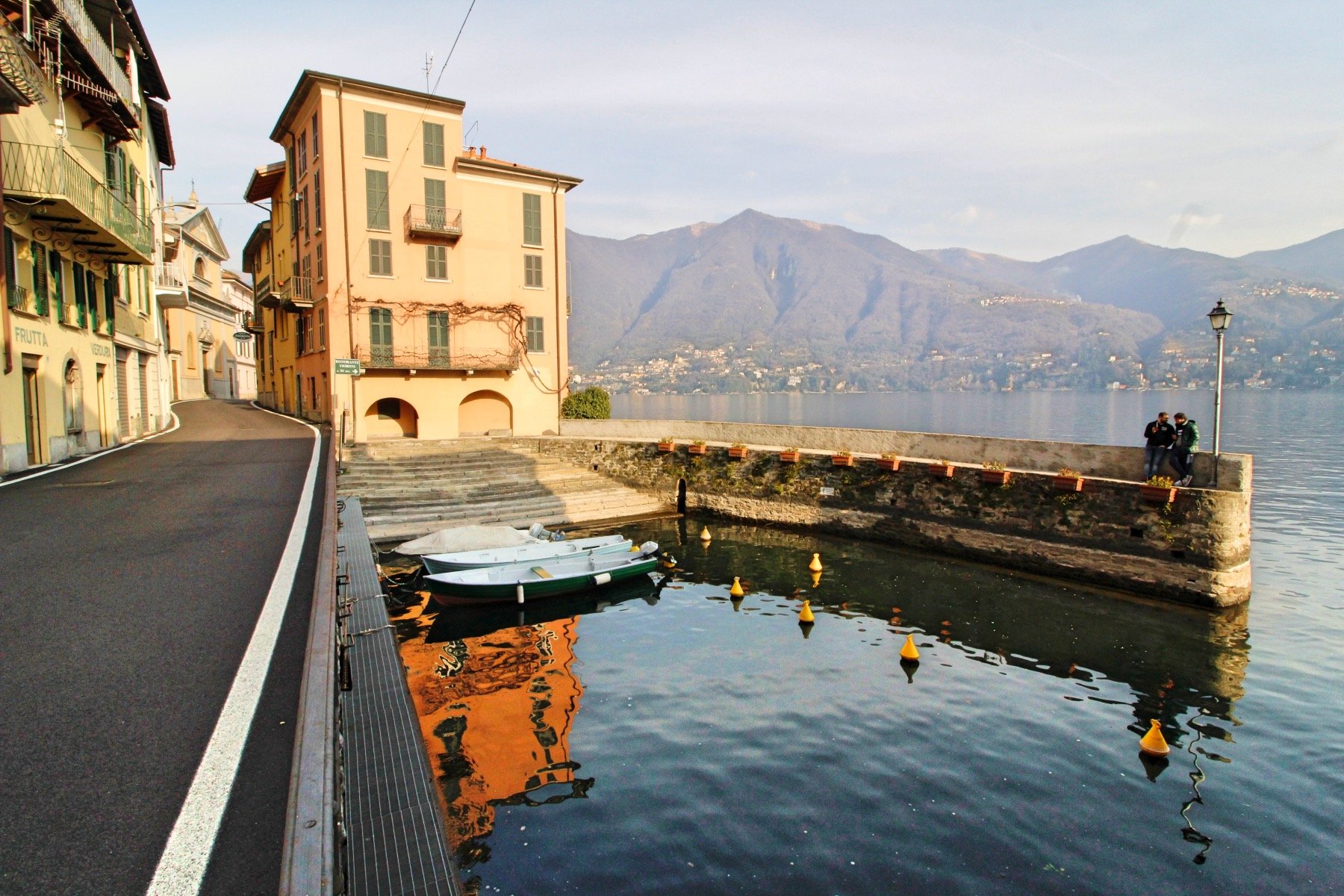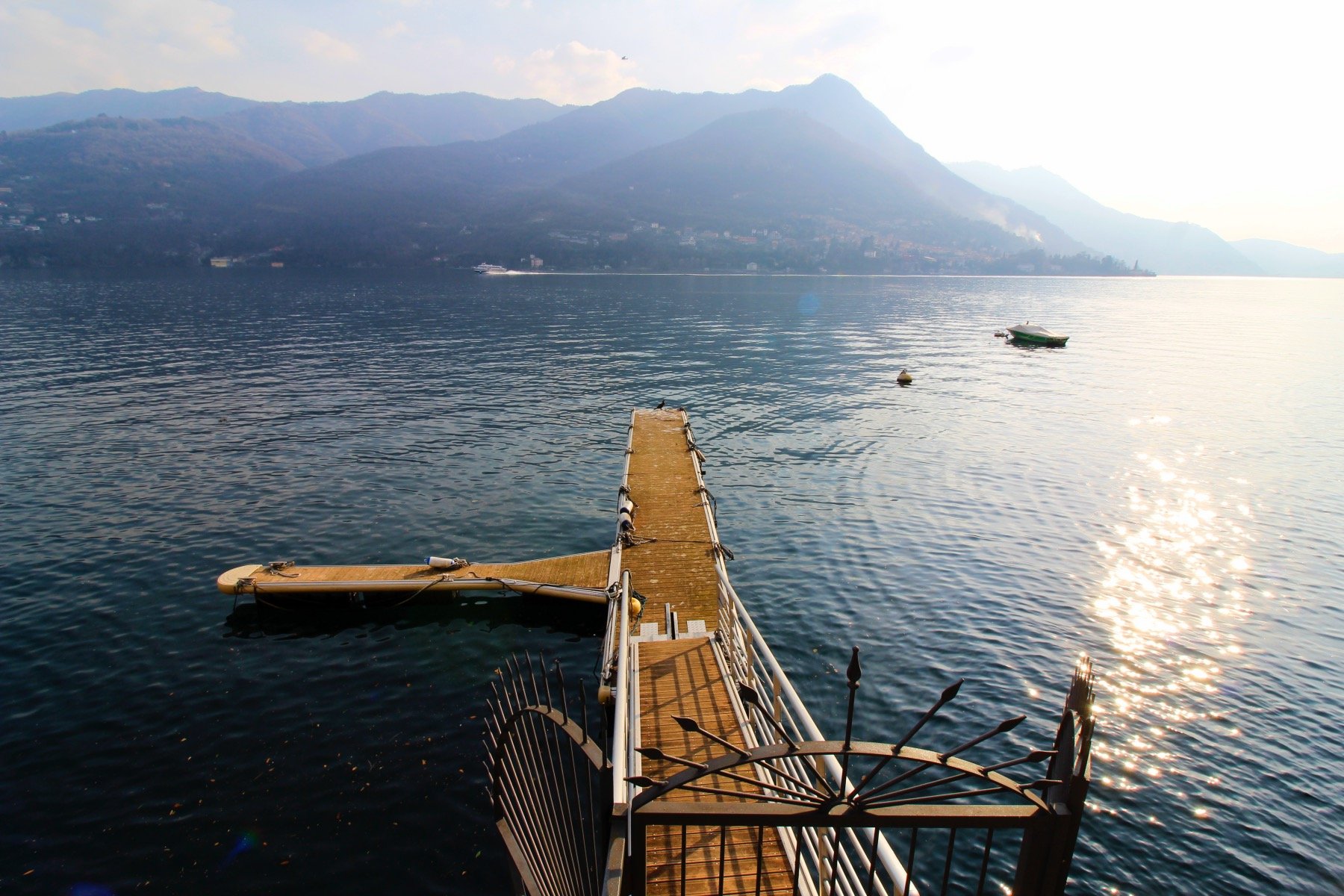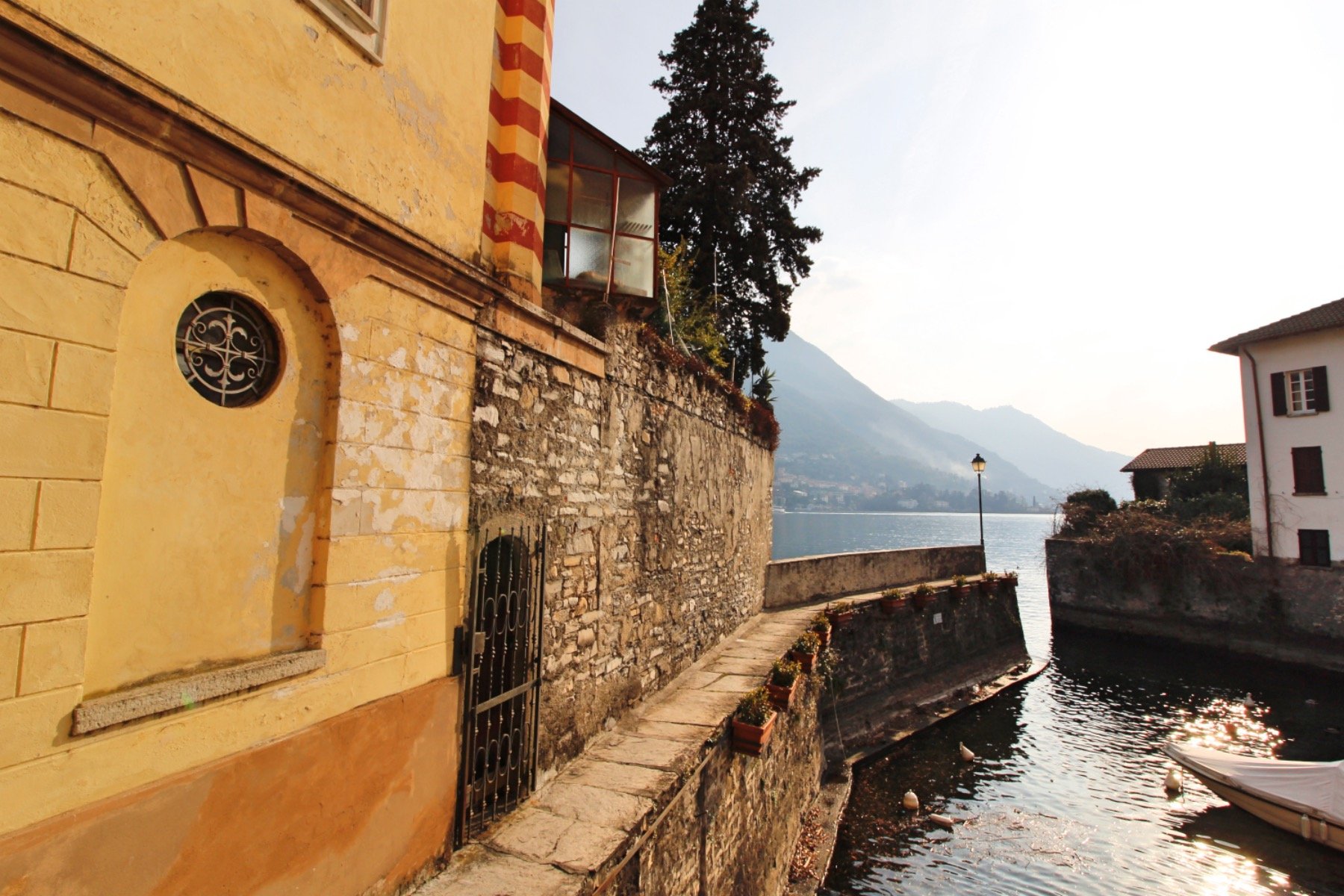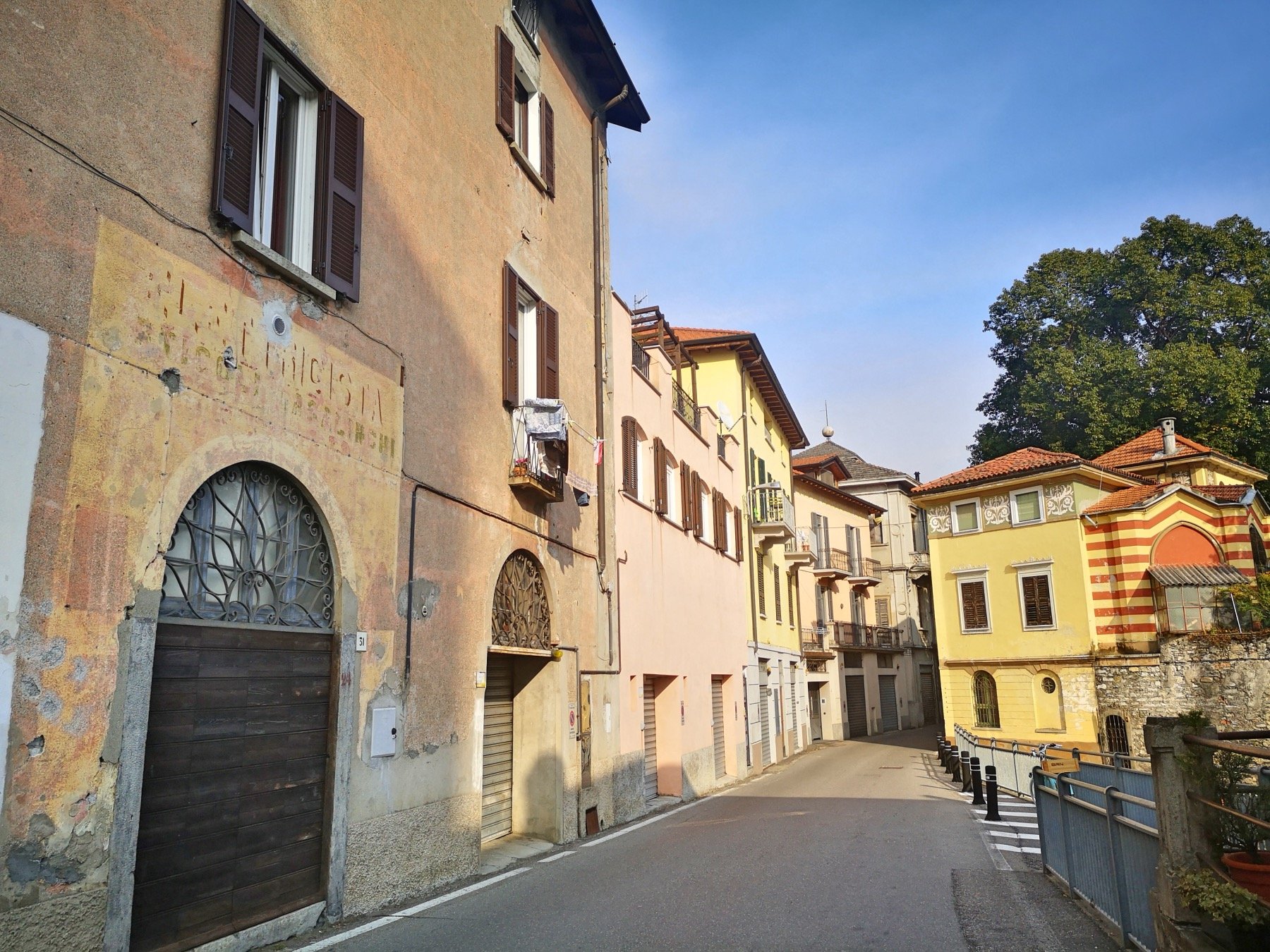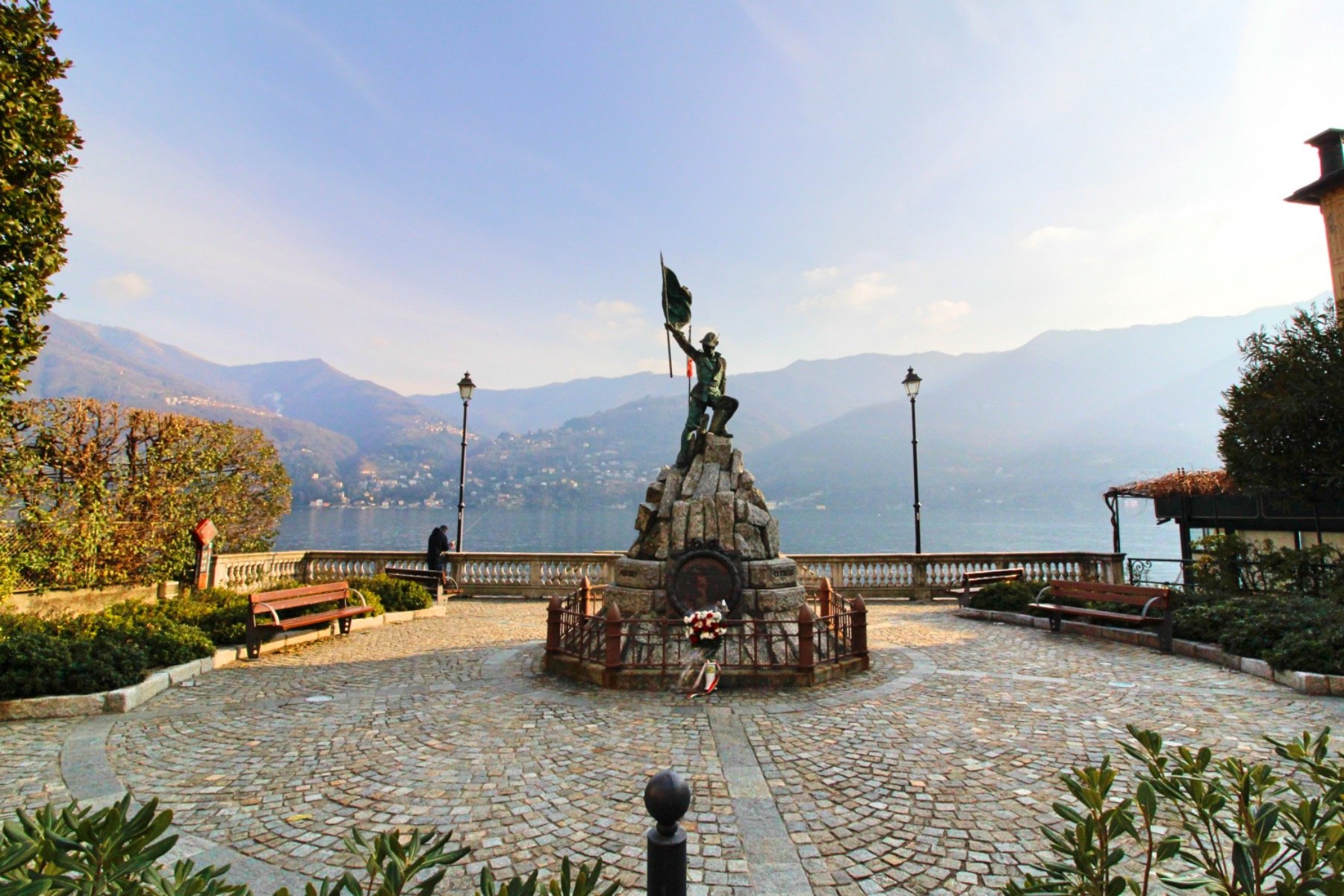Carate Urio, The Rocky Soul of Lake Como [Infographic]
The name "Carate Urio" already contains in itself the history of this small coastal town on Lake Como: the Celtic origins of this term would seem to mean "place of stone", as evidence of the very ancient quarries of Moltrasio stone that are located in this stretch of coast of the lake.
© Lakeside
Carate Urio is undoubtedly one of the most charming and authentic villages of Lake Como: “carved” into the rock and kissed by the emerald waters of the "primo bacino" of the lake like its neighbor Moltrasio, Carate Urio will let you feel like if time has stopped.
© Lakeside
Carate Urio boasts a strategic location: many people intentionally pick up this special location thanks to its lucky proximity to Como city (10’), the main airports of Milan Malpensa and Milan Linate (45’), and Lugano (40’).
Carate Urio is also very close to Laglio, where George Clooney's villa is situated, and Cernobbio, where you can find famous Grand Hotel Villa d’Este. The village is also perfectly connected by ferryboat or bus to Bellagio, Menaggio and the whole central lake.
Continue reading to explore this little gem of Lake Como with us!
© Lakeside
Its iconic alleys and steps with stone everywhere
Carate Urio - born in 1927 from the merger of the two districts of Carate Lario and Urio - boasts wonderful medieval alleys with arches and stairways, which are somehow the symbols of the village.
© Lakeside
There’s stone literally everywhere in Carate, and that’s why we like to say this village represents the “rocky soul” of Lake Como. Can you imagine how insanely romantic and welcoming this hamlet is in December, with all the Christmas lights on?
Wandering around the quiet medieval alleys of this village is a truly authentic experience we strongly recommend you to do if you want to dive into the soul of Lake Como. In the old town you’ll find long and steep ascents - bear this in mind. The historic center of Carate is awesome, but not ideal if you don’t like walking uphill!
© Lakeside
3 awesome churches to visit in Carate Urio
Church of Santa Marta (1st century AD): you’ll notice this charming Romanesque church standing on its lucky panoramic “hill”, while driving along Strada Regina in Carate Urio. Behind there’s the local cemetery. You can easily park your car in the large public parking along the main road to go and peek at this awesome religious pearl.
It can be reached via a flight of steps, in turn surmounted by 14 chapels symbolizing the phases of the Via Crucis.
© Lakeside
Internally you will find plenty of awesome frescoes from the 15th century.
The garden outside boasts a breathtaking lake view: there’s a bench where you can sit and enjoy the beauty of this incredible scenery!
The garden of Santa Marta church | © Lakeside
The Church of Saints Quirico and Giulitta (1490) is somehow the symbol of Carate: it’s quite impossible not to fall in love with its ancient Romanesque bell tower dating back to the twelfth century!
Finally, along the lakeside near the “center” of the village you’ll see the parish Church of S.S Giacomo and Filippo (XII sec), which was rebuilt in 1865 on the romanesque original building.
Fun fact: a bell tower was removed by the flooding of the stream below ending up in the lake, but survived and was carefully restored. It’s still the one you can see today!
Faded signs and other romantic and nostalgic DETAILS in Carate Urio
If you are passionate of street photography, sharpen your gaze as you walk through the center of Carate: you will notice magnificent old signs, now nostalgically faded, painted on the facades of old houses.
We like to say that’s the gentle voice of the past, which never really disappears.
Another extremely romantic corner of Carate Urio is its little harbor: just perfect for taking a memorable photo!
a hidden pearl: The “castle” in Urio
Impossible not to notice it while walking along the lake in the hamlet of Urio: we’re talking about the seventeenth-century “castle” of the town.
Pic by Roberto Marchionne
It’s actually a villa, which is called "the castle" mainly due to the crenelated turrets which make it partly resemble a fortress. The villa has direct access to the lake; its park is arranged as an English garden, with plenty of awesome statues and two ultra-centenary magnolias.
Details of “the castle” in Urio | © Lakeside
Consider that the castle is not open to the public (it’s owned by a patronage of entrepreneurs), and cannot be visited except on particular special occasions.
Detail of the castle in Urio
the queen of Carate Urio: Villa ai Cedri
The pinkish facade with elegant white decorations and iconic panoramic tower make the neoclassical Villa ai Cedri immediately stand out in Carate Urio.
This is one of the most sought-after dwellings for staying at Lake Como.
Fun fact: the name of the derives from the presence of magnificent centuries-old cedars in the garden.
The hillside: Cavadino, Pobiano, and the crag
In addition to the poetic lake area, Carate Urio extends up to the southern slopes of the Comana and Colmegnone mountains, characterized by the presence of woods in which locust trees, hazelnut trees, chestnut trees, beeches, alders and birches are found.
The hillside hamlets of Cavadino and Pobiano are the “green” soul of Carate Urio.
The timeless hamlet of Pobiano is reachable on foot with a pleasant walk along the so called “Sentiero dell’Orio”, which starts from Cavadino village with Via Colonghera. Once inhabited by families who later settled in Cavadino, Pobiano is today an oasis of peace and tranquillity, immersed in green meadows and woods with a magnificent view of the lake. Here stands a small church - the Santuario della Santissima Trinità - renovated in 1932. Inside, in addition to the Vicenza marble altar, there’s the perfect reproduction of the Lourdes grotto to which the faithful of the area are particularly devoted.
Carate Urio also boasts a wonderful and challenging crag: the rock is a somewhat particular limestone, with clear-cut roofs, but also slabs, usually with varied and athletic passages. Not for everyone.
Crag in Carate Urio
Liala
Carate Urio was also the birthplace of one of the most influential characters on the Italian literary scene: Amalia Liana Negretti Odescalchi, known as Liala.
Author of over 80 books that have sold more than 10 million copies in Italy (despite the critical judgements like “mushy literature”), Liala was one of the most popular writers of her time, the icon of Italian romance novels.
It was one of the fathers of twentieth-century Italian literature, Gabriele D’Annunzio, who suggested her to use that nickname. He was also the one who wrote for her a poignant dedication: “to Liala, companion of wings and insolences”.
Shops and restaurants in Carate Urio
You won’t find many shops in Carate Urio: there’s just a newsstand (selling local souvenirs) and a lovely antiques shop called “Antichità-Tappeti Amarcord II” in Via Regina 103.
The best restaurant in Carate Urio is Una finestra sul lago (Via Santa Marta 32/B): a very refined place we particularly recommend for a romantic dinner.
© Lakeside
Image by Wiki Rkt
Are you looking for a property for sale in Carate Urio and surroundings?






